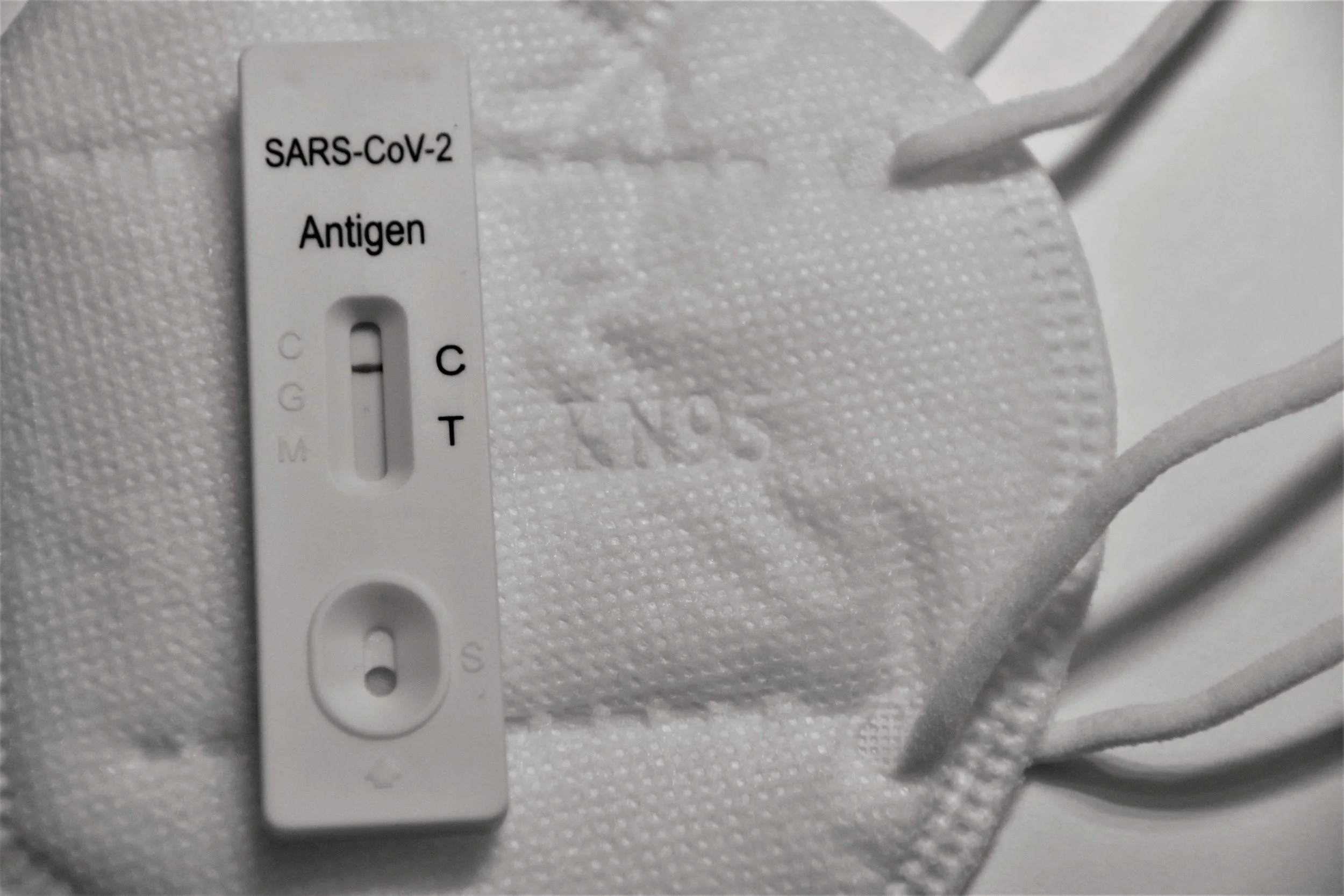Chapman’s latest COVID-19 policy update shows a change in how the disease is being treated
Looking back at the pandemic, the latest changes to Chapman’s COVID-19 policy demonstrate new ideas and considerations about the disease. Photo courtesy of Unsplash
On March 1, 2024, the Office of the President released an email saying that Chapman’s COVID-19 policy had changed in accordance with the Centers for Disease Control and Prevention (CDC) guidelines. The updated policy, effective as soon as the email went out, no longer recommended a five-day isolation period. Furthermore, they stated that any sick person may return to normal activities when symptoms improve and when they have been without a fever for 24 hours, without using fever-reducing medicine.
“Removing the five-day isolation period does not increase community transmission,” said Jeff Goad, a professor of pharmacy practice who is the inaugural chair of the Chapman University School of Pharmacy. “The CDC used sophisticated computer modeling systems to show there would be no difference in community spread with or without the five-day isolation. The main reason is that more than 50% of transmission is among people with no symptoms.”
According to Goad, a member of Chapman’s COVID-19 Task Force, the CDC examined data in both California and Oregon as they were the first two states to remove the aforementioned five-day isolation period. No increases in cases or hospitalizations were noticed, and Goad noted that most transmission of COVID-19 occurs in the initial days of infection. The new policy of having an individual remain home until their symptoms improve and they’re without a fever will be equally effective at preventing the spread of the disease, even without the mandatory five-day isolation period.
Since the beginning of the pandemic, the COVID-19 Task Force has looked to the CDC for guidelines on how Chapman should treat the virus. Difficulty with this arose due to the fact that the CDC was just one of three agencies with oversight over Chapman, the other two being both the Orange County Health Care Agency and the California Department of Public Health.
“The committee resolved that the advice that was most likely to keep people well and safe was consistently coming from the CDC,” said Harold Hewitt, the executive vice president and chief operating officer of Chapman and the head of theCOVID-19 Task Force. “By picking the CDC as the source for our instructions, parents or anyone in the United States can go to the CDC and read it for themselves and compare it to what we’re saying.”
Even after the CDC declared the pandemic had turned into an endemic — a state where a disease is particular to a certain region of the world — the COVID-19 Task Force continued to stay up to date with information coming from the organization. This now puts much more responsibility on individuals to stay healthy, whereas during the pandemic, institutions primarily drove public health policy.
“Even though the transmission and mortality rate is way down compared to the way it was at the beginning (of the pandemic), we as a task force are still monitoring the data in case it ticks up,” Hewitt said, attributing the monitoring to Goad.
A major shift that has been seen recently, however, is that fewer people are getting vaccinated, according to Hewitt. Chapman’s initial vaccination rate in 2021 was 94%, but Hewitt says that the national percentage has fallen to 17% as of fall 2023.
Hewitt also noted this was indicative of a possible change in values among Chapman attendees towards COVID-19.
“Personally, I have not heard many rumblings regarding the recent policy shifts,” said senior health sciences major Rachel Berns, who is also the president for the Student Government Association. “In my experiences, I have seen that many students are still mindful of COVID-19 and take caution around any sort of potentially contagious ailments. However, it seems to not be as much of a source of fear to several students compared to during the height of the pandemic.”
Both Berns and Hewitt emphasized that caution towards the virus is still crucial, as it still has not fully gone away. Even with the more relaxed policy changes, there are critical steps to keeping yourself and those around you safe in the event of an infection. Another resource for this is Chapman University’s Staying Healthy website, primarily operated by members of the COVID-19 Task Force, which deals with COVID-19 as well as other viruses such as influenza.
“The community’s way of managing COVID-19 has been enhanced to the point where people are no longer terrified of it. At least, that’s how I’m interpreting the data,” Hewitt told The Panther. “It would be great if people continued to get vaccinated. The thing no one says when they’re promoting vaccines is that you’re protecting others.”

